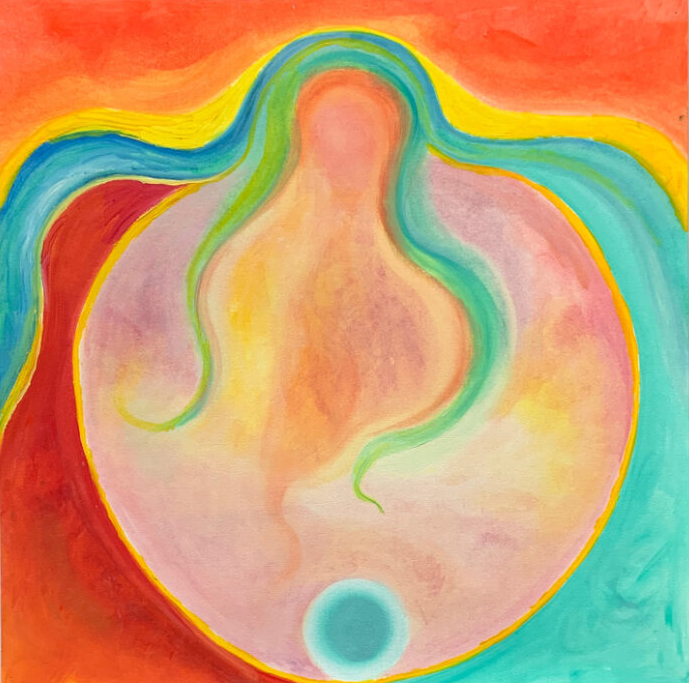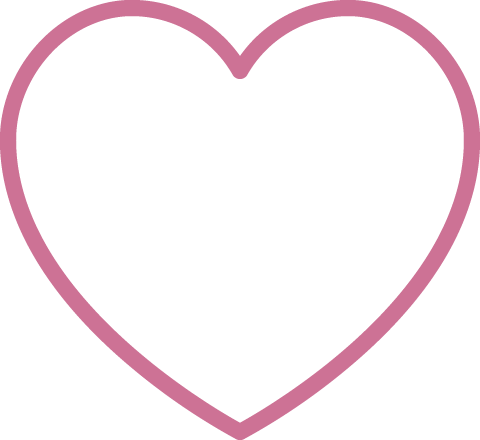Silvia Tafur
Silvia Tafur holds a City and Guilds Level 7 MCGI Award (MA) from Tobias School of Art and Therapy in the UK, accredited by the British Accreditation Council (BAC) and the International Association of Anthroposophic Arts Therapies Educations (iArte). She completed a BA degree in Fine Arts specialised in painting at the Pontifical Catholic University of Peru, and she has trained in photography, sculpture, engraving and design. She has used Arts as a therapeutic tool for more than 15 years in various educational contexts like fairs, private settings, corporate events, community projects and wellness retreats in Peru, Canada, Puerto Rico and the U.S.
She works in diverse socio-cultural contexts, adapting techniques and materials to local resources. She is currently working as art facilitator for the Creative & Healing Arts Program at Stanford Hospital and she develops a private practice as Transpersonal Arts Counsellor at Live Oak Medicine. She is also a Community Educator at Berkeley Adult School.
- Arts Counselling / Anthroposophic Art Therapy.
- Art Walk in Nature / Goethean Observation.
- Online Workshops
– Biographic Imagery & Narrative.
– Psychedelic/Entheogenic Integration
– Warmth and Darkness.
– Light and Form. - Social Art, Private Retreat / Corporate Events
– Wellness Retreats / Sustainable Tourism
– Integration Post Psychedelic Assisted Therapies - Gallery
- Eventos en Español / Events in Spanish
Arts Counselling

The Sessions:
Anthroposophic Art Therapy
Anthroposophic Art Therapy encompasses artistic and medical work, incorporating components of transpersonal psychology. It is based on philosophical principles developed by Rudolf Steiner and Ita Wegman, as well as exercises and theories developed by Margaret Hauschka and Collot D’Herbois. There are various other authors and artists who have contributed to the development and shaped the appreciation of anthroposophic artistic practices, such as Eleonor Merry, Hilma Das Klimt, Joseph Beuys and W. Kandinsky, to name a few. The main processes used in anthroposophy are painting, drawing, clay modelling and sculpting. The former, have an emphasis in balancing our emotions and feelings, they work on a level that is directly related to our breathing, our connection between our physical body and our sense of self. The latter address our formative qualities, grounding, balancing, movement and sensory processes. There is a large number of activities within this spectrum, and many other materials and processes that are used to transition between the techniques mentioned here. A comprehensive view of the human being is the core of anthroposophic medicine.
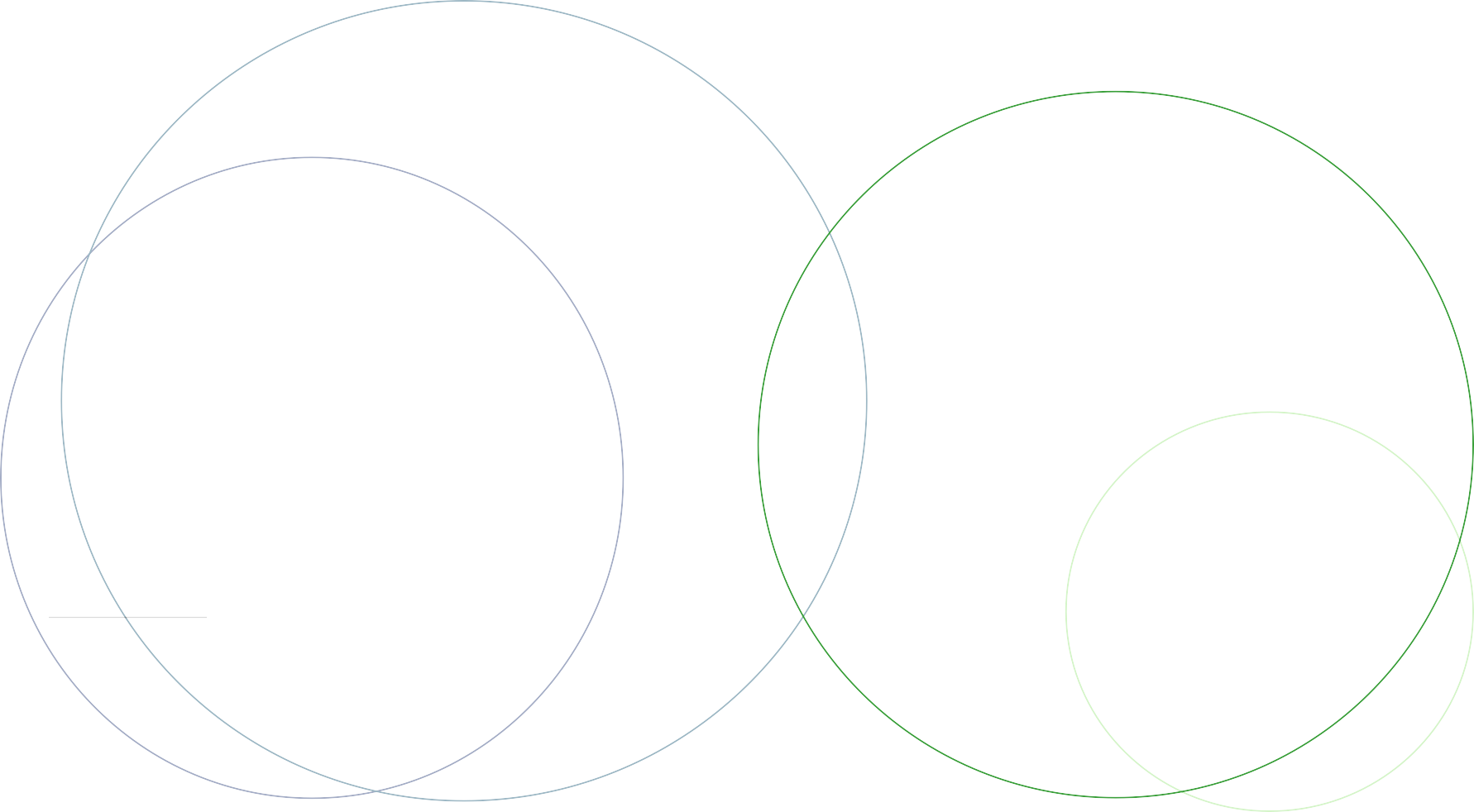
- Promoting a holistic sense of wellbeing
- Integration during and post-psychedelic assisted therapies
- Achieving balance during a life crisis or spiritual emergency
- Support and advocacy for neurodivergent populations
- Coping skills for sensory processing disorders or high sensitivity
- Promoting resilience during life transitions
- Overcoming trauma and anxiety disorders
- Support and advocacy for vulnerable populations (immigrants, people of colour, LGBTQIIA+)
Individual Sessions
Social Art

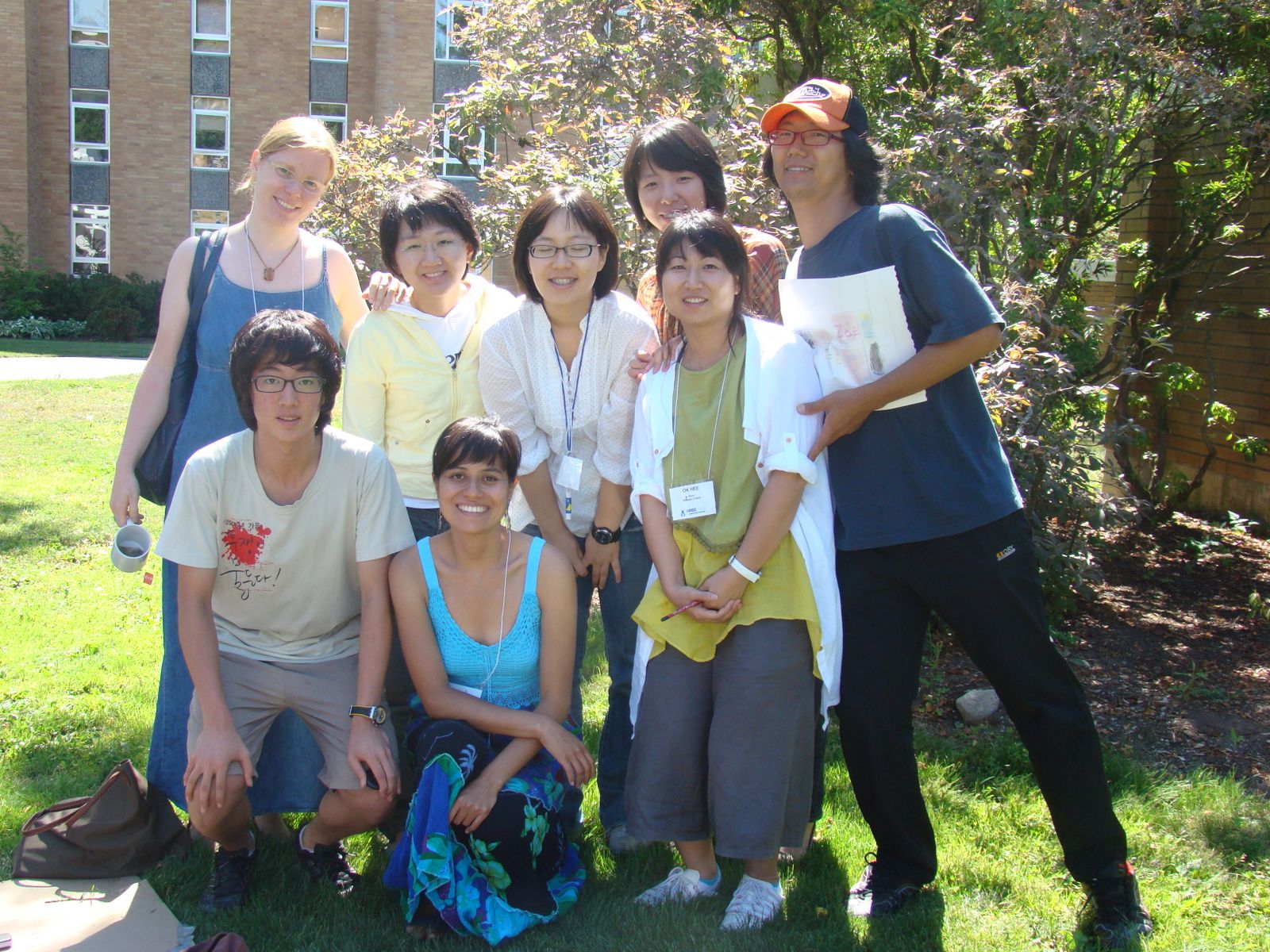
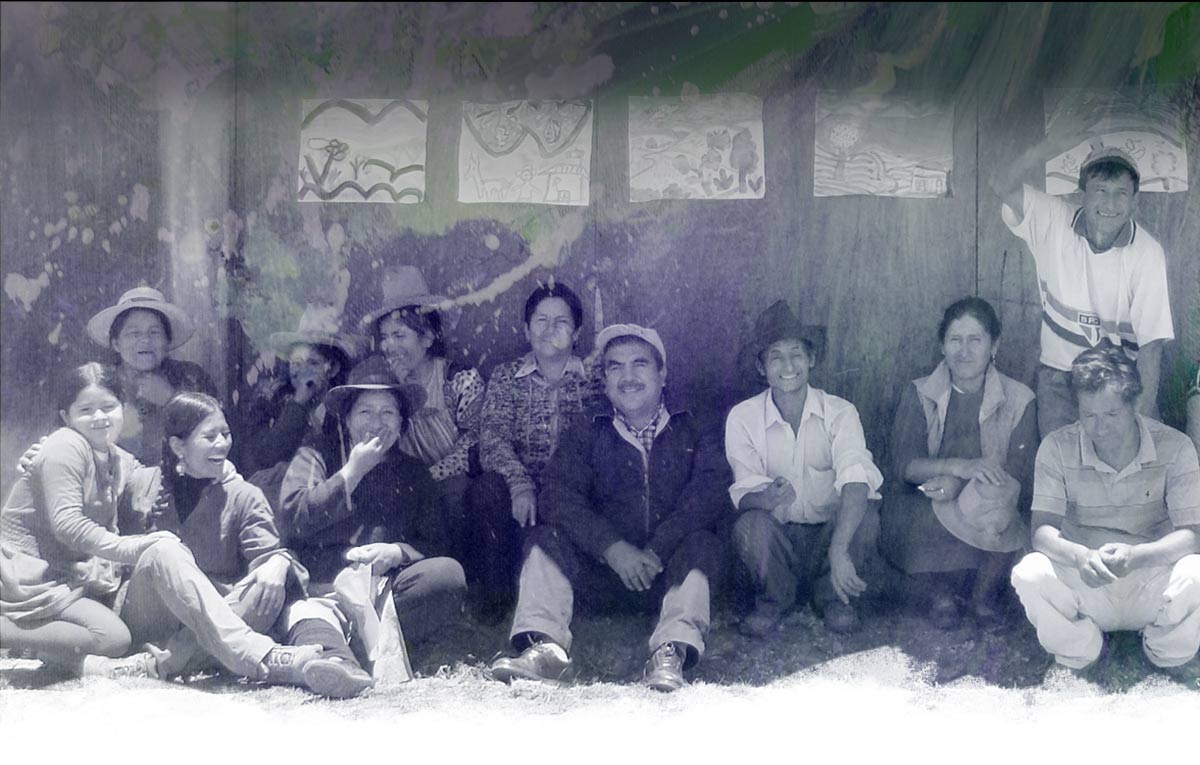
If you are looking for bonding opportunities for your family, workplace, or partner, please consider the options below:
- Wellness Retreats – Sustainable Tourism: Retreats are organised one year in advance and they can be tailored to your needs. You may choose locations in Peru, US, and Canada (locations TBD). The duration depends on the outcomes desired and travel arrangements needed for each individual.
- Online Workshops
– Biographic Imagery & Narrative.
– Grounding and finding balance.
– Warmth and Darkness.
– Light and Form.
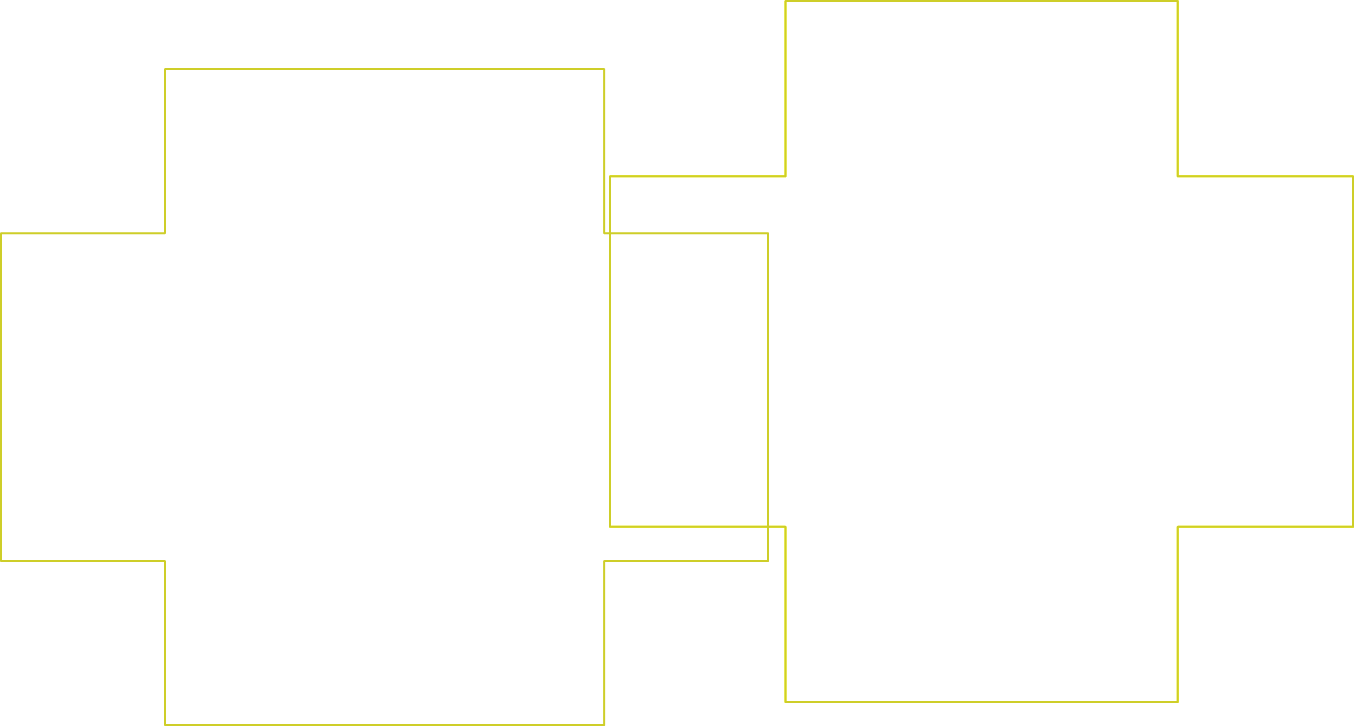
- Integration Post Psychedelic Assisted Therapies: Although this option offers individual consultations, it is recommended to work in groups. Collective healing fosters clear communication, while social art allows a deeper understanding of the areas that need more attention when working on integration. Indeed, group sessions also leave a space for 1:1 counselling .

We use Art as the universal language that fuels our harmonic connection with our environment, comprehending all forms of life.

Our Nurturing Artifacts store is a mother & daughter project made by Peruvian expats living in the U.S., and proud to share a passion for sustainability and beauty. Lea Z. grew up in a creative household, and her love for nature has evolved into a sustainable design project through crocheting. Silvia Tafur has worked in arts since age 17, she loves painting and her body of work is purposely designed to promote health through color, shape, and composition. Silvia and Lea are dual citizens, Latinx, passionate for inclusive cultural practices, and eager to contribute to the efforts of nature conservancy. This is a women owned business that supports sustainable living.
Through this nurturing approach to design, we strive for harmony and peaceful communication, using art as the element that connects us with our instinctual nature. We use art as the universal language that fuels our harmonic connection with our nature and environment, comprehending all forms of life. Learn more…



